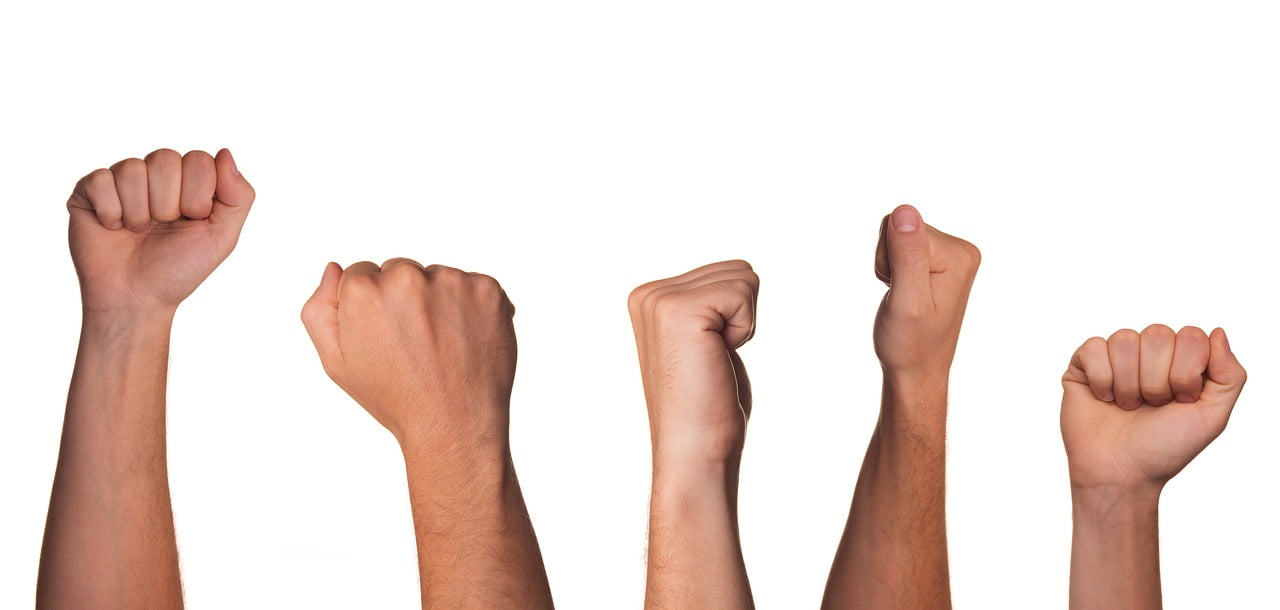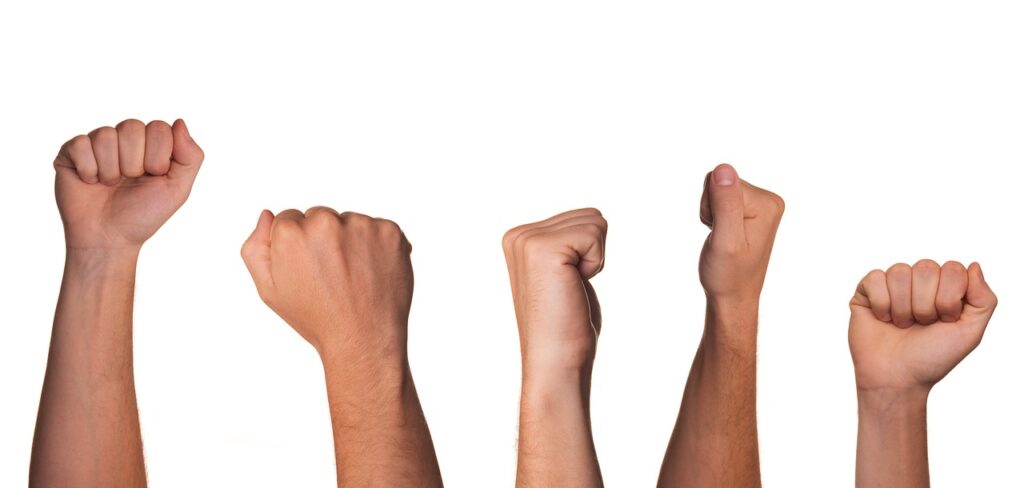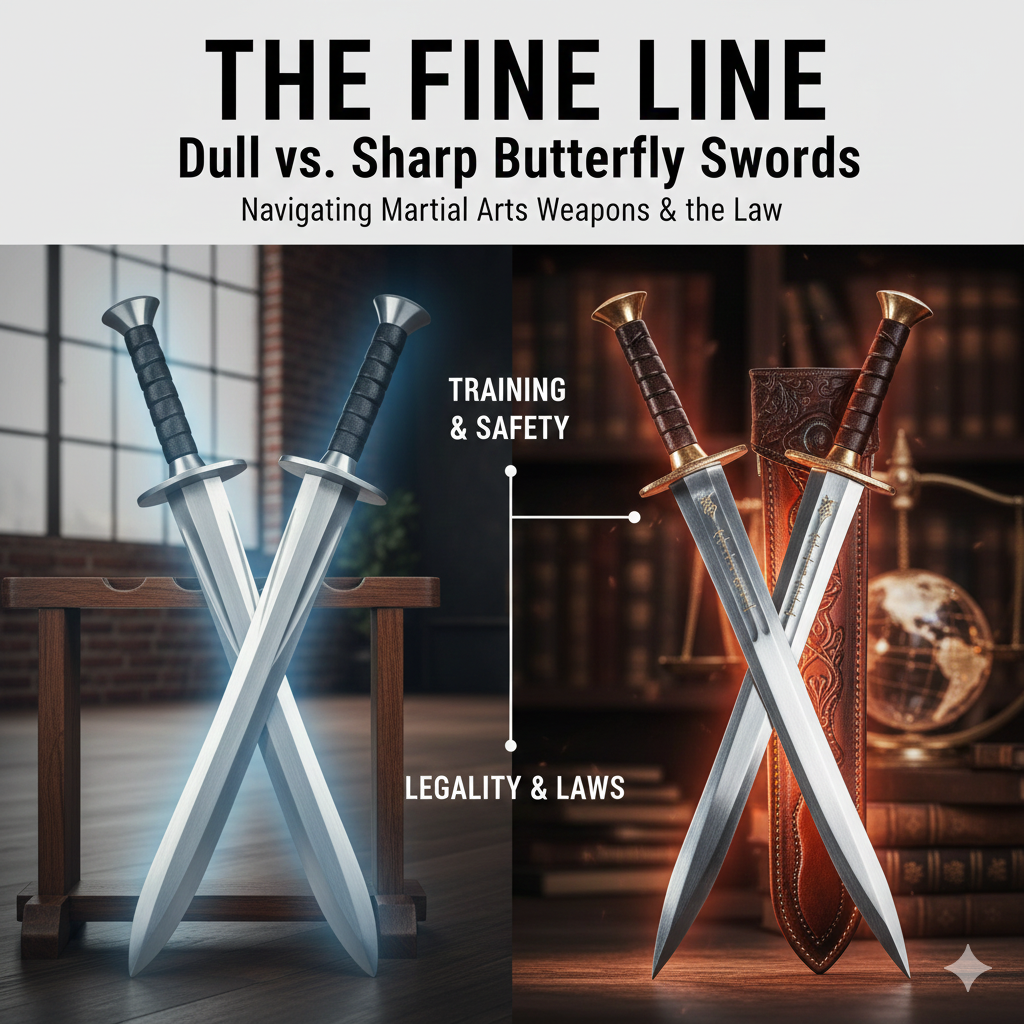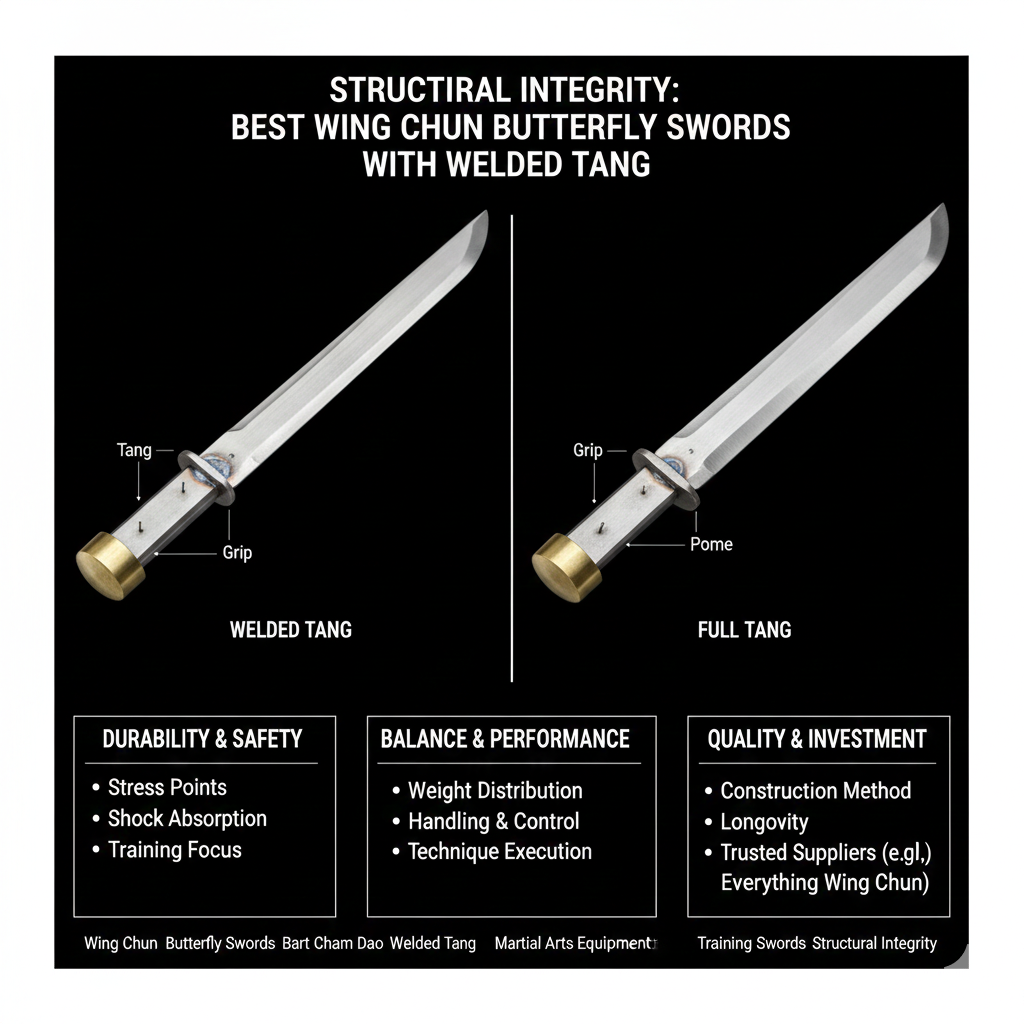The question of which martial art boasts the “best” punch is a classic debate.
Is it the raw power of a boxer’s cross, the lightning-fast precision of a Wing Chun chain punch,
or the devastating force of a Karateka’s reverse punch? There’s no single, definitive answer.
Each martial art has its own unique philosophy, biomechanics, and training methods that shape its punching techniques.
In this post, we’ll explore the punching styles of some popular martial arts to understand what makes each effective.
Boxing: The Art of the Fist
Boxing is often considered the gold standard for punching.
Boxers dedicate training to mastering hand strikes, focusing on power, speed, and precision.
Core punches include the jab, cross, hook, and uppercut.
Each punch relies heavily on proper body mechanics: footwork, hip rotation, and weight transfer.

The jab is a quick, straight lead-hand punch, used for setting up combinations, maintaining distance, and disrupting rhythm.
The cross is a powerful straight rear-hand punch, generating force through full body rotation.
The hook is a semicircular punch targeting the side of the head or body.
The uppercut is an upward punch, typically aimed at the chin or solar plexus.
Boxers develop incredible punching power through rigorous training.
The emphasis on proper technique ensures force generated from the ground up transfers efficiently into the punch.
This dedication makes boxing punches incredibly effective and devastating.
Karate: Precision and Penetration
Karate, from Okinawa, emphasizes powerful, linear strikes for maximum impact. While known for kicks and blocks, its punches (😭tsuki) are formidable.
The most common is the straight punch (choku-zuki or oi-zuki), delivered with the front two knuckles (seiken).
Karate punching focuses on power through hip rotation, a snapping motion, and often a slight forward lean.
The aim is a penetrating strike, going through the target.
Many styles incorporate a pulling back motion of the non-punching hand (hikite) to enhance power, creating a whipping action.
While less varied than boxing, the Karate punch is renowned for its focused power and knockout potential.
Wing Chun: Efficiency and Chain Punching
Wing Chun, a Chinese martial art, is famous for efficiency, directness, and close-quarters combat.
Unlike wide swings, Wing Chun punches are short, straight, and close-range.
The most iconic is the vertical fist punch, often thrown in rapid succession as a chain punch.
The punch is delivered with knuckles aligned vertically for a direct path to the target, especially the centerline.
Power comes from the entire body, driven by the elbow and a relaxed, explosive release.
The chain punch involves multiple punches in quick succession, building momentum to overwhelm an opponent.
Wing Chun also emphasizes tactile sensitivity and simultaneous attack and defense, making punches effective in close-range engagements.
Taekwondo: Kicks First, But Punches Still Pack a Wallop
Taekwondo is known for dynamic kicking, but it also has effective hand strikes.
While kicks dominate competitions, punches are integral for self-defense and close-range.
Taekwondo punches, like the straight punch (*jireugi*), focus on speed and accuracy.
Similar to Karate, Taekwondo emphasizes linear punch delivery, often using a snapping motion for power.
Practitioners aim for precision, targeting vital points.
Though not focused on sheer power like boxing,
Taekwondo punches are quick and disruptive, often used in combinations with kicks or to create openings.
Some styles include spinning backfists, adding versatility.
Muay Thai: The Art of Eight Limbs and Powerful Fists
Muay Thai, the “Art of Eight Limbs,” uses fists, elbows, knees, and shins.
While known for kicks and elbows, it also features effective punching techniques.
Muay Thai punches are similar to boxing in mechanics, emphasizing full body rotation and weight transfer for maximum power.
Muay Thai fighters use jabs, crosses, hooks, and uppercuts, integrating them into combinations with other strikes.
Rigorous training builds immense power and conditioning, translating to powerful punches.
The clinch also offers close-range punching opportunities, often with knee strikes.
What sets Muay Thai punches apart is their integration into a broader striking system.
A punch might set up a kick, or an elbow might follow a hook.
This holistic approach makes Muay Thai punches versatile and dangerous.
The Verdict: So, Who Throws the Best Punch?
There’s no single “best” punch. Each style has strengths and is optimized for different scenarios.
Boxing excels in pure punching power.
Karate offers devastating, linear punches.
Wing Chun provides efficiency and speed in close-quarters.
Taekwondo punches are quick and precise, often with kicks.
Muay Thai integrates powerful punches into a comprehensive system.
The “best” punch depends on context and the individual.
For raw power, boxing.
For single-strike power, Karate.
For close-range efficiency, Wing Chun.
For a holistic approach, Muay Thai.
For kicking-focused with effective hand strikes, Taekwondo.

Ultimately, the most effective punch is delivered with proper technique, timing, and power, regardless of the martial art.
To find the “best” punch for you, explore different martial arts, 🥋 🥋
understand their principles, and find the style that suits your body, goals, and preferences.
Train hard, and discover the power of your own punch! ✊



